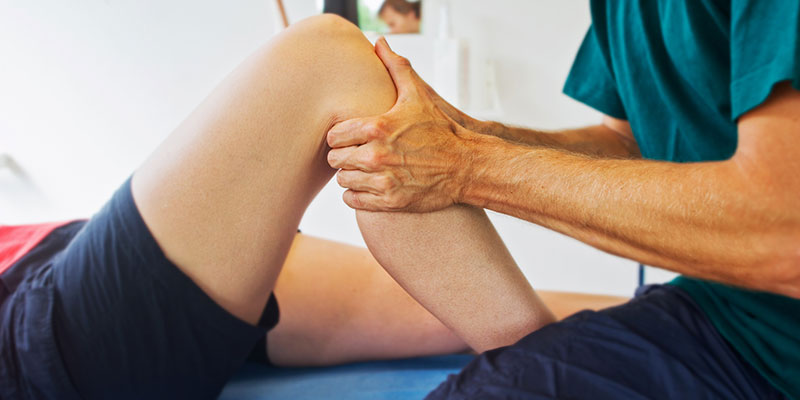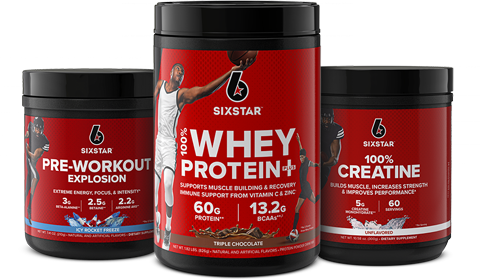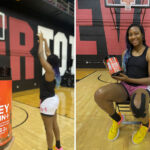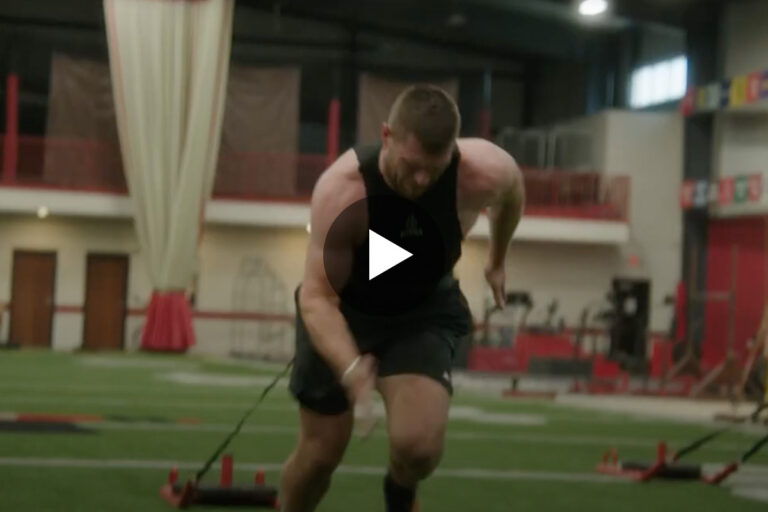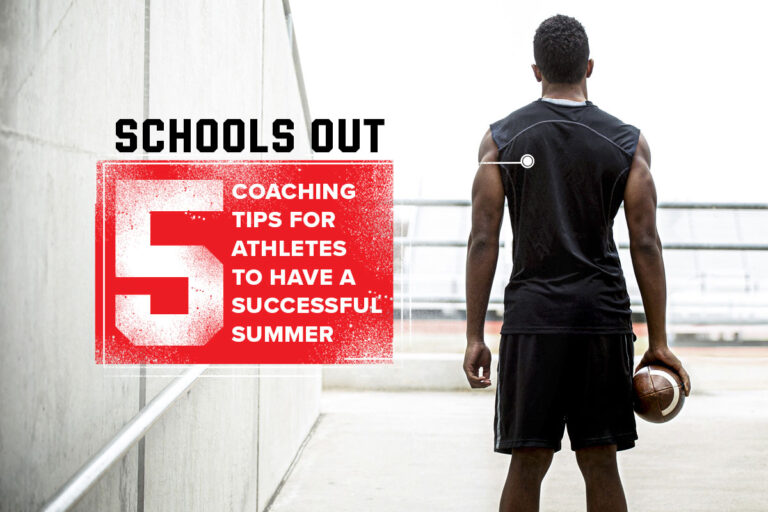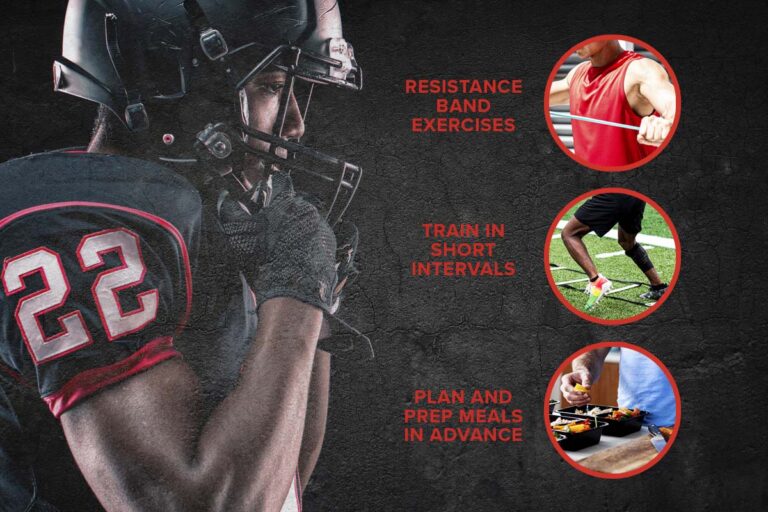While there are many benefits of playing sports, one of the downsides is injuries. An estimated 20% of schoolchildren and about 33% of working adults miss at least one day a year due to sports-related injuries.
So, let’s take a closer look at the most common types of sports injuries, as well as the top injury prevention tips and tricks.
Better Understanding Sports Injuries
Sports injuries generally occur either due to trauma or overuse. Usually, the more contact in a sport, the greater the risk of a traumatic injury. On the other hand, overuse injuries occur when an athlete’s body is pushed past its current physical limits or level of conditioning. Poor technique and training errors also frequently contribute to overuse injuries.
The most common types of sports injuries are sprains (overstretching or tearing ligaments), strains (overstretching or tearing muscles or tendons), knee injuries (from possibly overstretching or tearing the muscles or tissues in the knee), swollen muscles, Achilles tendon ruptures, bone fractures (broken bones), dislocations (a bone forced out of its socket), and rotator cuff injuries.
Tips and Tricks For Injury Prevention
Even with certain sports-related injuries being somewhat predictable and preventable, it’s still nearly impossible to eliminate all injuries in sports. That said, there are certain injury prevention strategies that can reduce the number of injuries, as well as the severity of injuries. So, here are seven injury prevention tips and tricks for athletes.
Warm Up Before and Cool Down After Exercising: A number of sports injuries can be prevented by warming up properly before you play and then cooling down after your practice or game. Warming up with sport-specific dynamic stretches is extremely important since cold muscles are prone to overstretching and tearing. Warm muscles are more flexible and can absorb quick movements, bends, and jerks, making warm muscles less likely to get injured. At the end of a game or a practice, set aside time to cool down and do static stretches as stretching exercises after games or practices can increase flexibility.
Use The Recommended Safety Equipment For Your Sport: Many sports injuries occur because of the lack of proper equipment. Therefore, if you’re supposed to wear a helmet while playing your sport, make sure to select a helmet that fits correctly, and then wear it every time you play (even if it’s only with your friends). Wearing the correct safety equipment for your sport will help protect you against impact, strain, or overheating.
Learn Proper Technique: It’s important for players to develop the skills necessary to perform the movements of their sport the right way. Whether it’s throwing in baseball, shooting in basketball, or tackling in football, good technique involves a well-timed and coordinated sequence of muscle actions. Using proper technique promotes high performance and reduces the risk of injury.
Hydrate, Hydrate, Hydrate: Heat-related illness (heat cramps, heat exhaustion, and heat stroke) is a real concern for athletes, especially during hot, humid days. That’s why you should drink fluids 30 minutes prior to participating in any physical activity and then take water breaks every 15 to 20 minutes during the activity. As a general rule of thumb, the more active you are, the more fluids you should be putting back into your body. Signs of heat-related illness that you should be aware of are fatigue, nausea, vomiting, confusion, or fainting.
Eat A Healthy, Well-Balanced Diet: Athletes should eat a well-balanced diet full of fruits, vegetables, and lean proteins since research shows that there is a close relationship between exercise and immune function. When heavy exercise is performed, stress hormones are increased and inflammation occurs, which can increase the risk of injury. Eating carbs before, during, and after exercise can help to replenish glycogen stores, stabilize blood sugar, provide immediate energy, and aid with the protein synthesis recovery process. Meanwhile, adequate protein intake can help to repair muscle tissue, reduce muscle breakdown after exercise, and support immune function. Healthy fats also help to reduce inflammation.
Listen To Your Body and Speak Up If Something Feels Wrong: If you’re in pain while playing a sport, don’t just ignore the pain and hope it’ll go away. Make your coach and your team’s athletic trainer aware of the pain that you’re experiencing. This way you can get checked out as soon as possible and start addressing the issue immediately. The last thing that you want to do is make your injury worse than it already is. So, listen to your body and speak up if you think something feels wrong.
Allow Your Body To Rest: The most common injuries in young athletes are overuse injuries due to playing too many sports and not resting enough. A lack of sleep and muscle fatigue can predispose an athlete to injury. That’s why athletes of all ages need to rest between practices or games. Athletes should also have an off-season in order to have time to recuperate before the next season.
